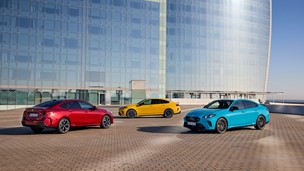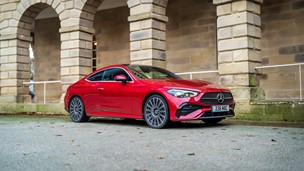Introduction
The premium saloon market is filled with models that come with both standard and long wheelbase options, with the latter providing even more passenger space on top of the already capacious limos.
With cars such as the Mercedes S-Class and Audi A8 to go up against, the Jaguar XJ has some tough competition in this area, but comes with the British firm’s sporty ethos to make it more invigorating to drive.
However, with all long wheelbase models, comfort is at the heart of their intended purpose – with many offered with exclusive features to further distinguish it from the standard model.
We get behind the wheel of the XJ LWB in Autobiography form to see how the British firm has done with this model.
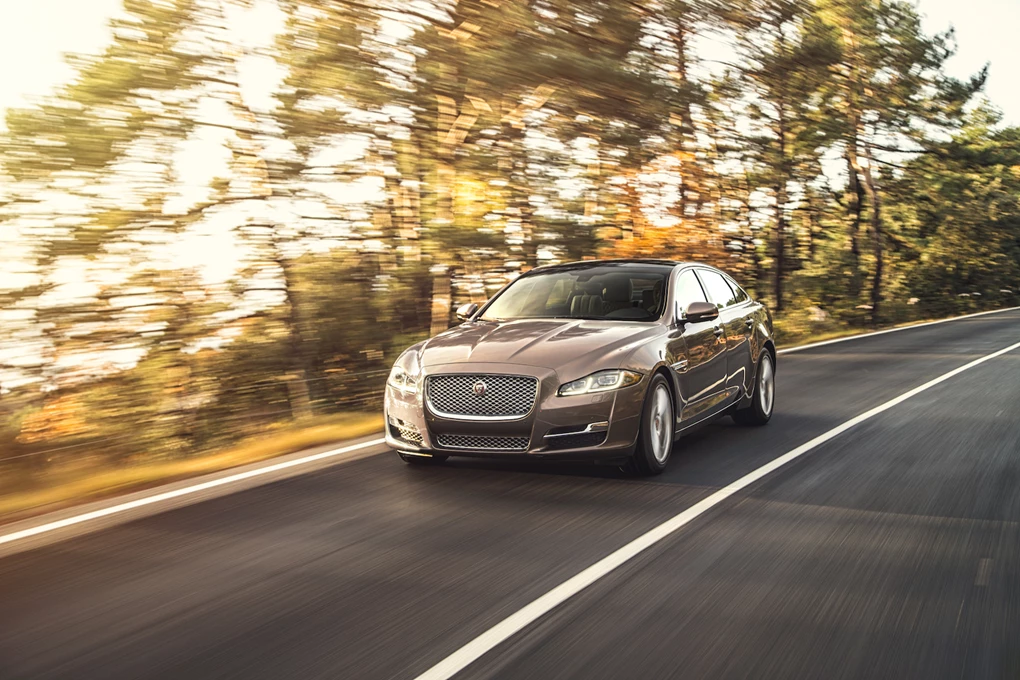
Performance
Under the bonnet of the XJ LWB is the only engine currently available with the model – a 3.0-litre turbocharged V6 diesel that develops 296bhp and 700Nm of torque. Paired to a smooth-shifting eight-speed automatic transmission, the V6 can pull the XJ from 0-60mph in 5.9 seconds before reaching a limited top speed of 155mph.
To ensure the car’s comfort is as good as possible, the engine develops few noticeable vibrations to feel in the cabin and cruising in the XJ is remarkably simple. And with the fuel type used, good economy won’t be terribly difficult to achieve.
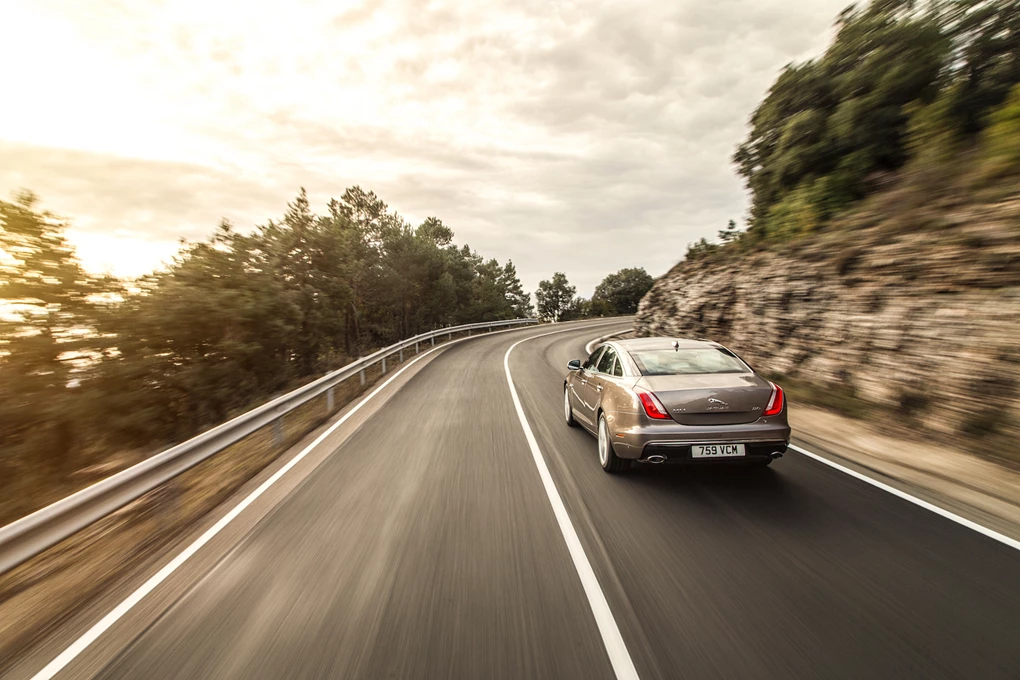
Ride & Handling
Jaguar has ensured that the XJ LWB comes with a cossetted ride that helps passengers stay comfortable across most road surfaces – although there are moments where it can feel sharper than the market’s leader, the Mercedes S-Class.
The Jaguar feels superbly balanced through the corners and can turn flat. Body roll is minimal at worst and the light, quick steering make this car feel very enjoyable to drive. Even with the extended wheelbase, the XJ feels dynamic and willing to push on even more.
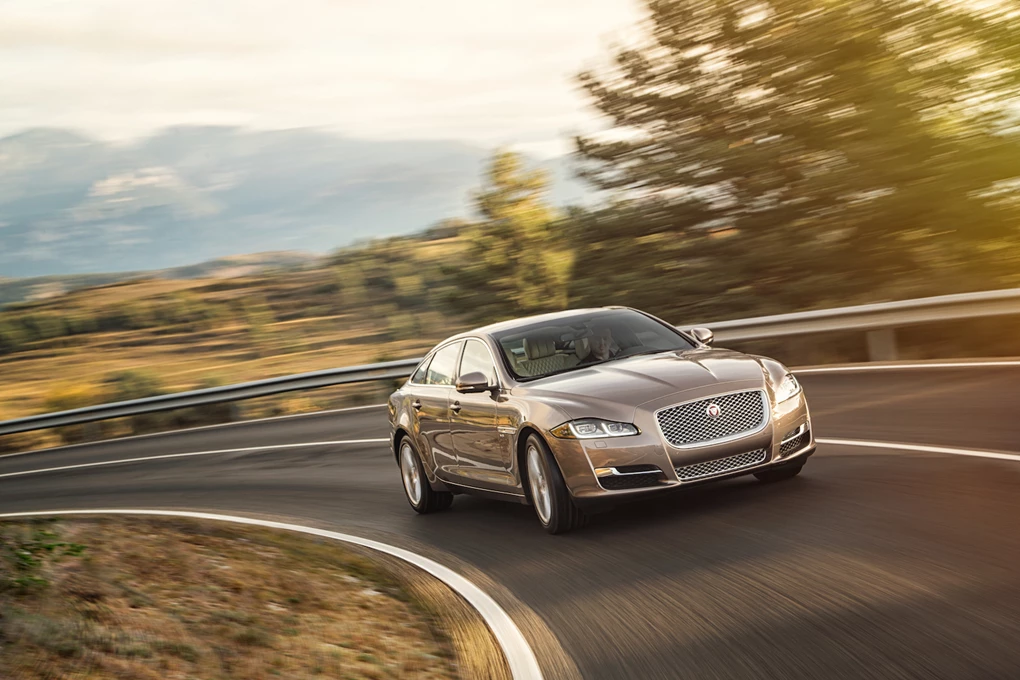
Interior & Equipment
With long wheelbase models, rear passenger space isn’t really an issue – with the LWB’s wheelbase 10cm longer than in the standard model, which is more than spacious enough anyway. But the boot size of the LWB is the same as the standard offering, with the XJ coming with a 479-litre load space that is intruded upon by the rear wheel arches.
Available in six trim levels, the XJ LWB comes as standard with heated front and rear seats, a 10-inch infotainment touchscreen with satellite navigation and sound system, a DAB radio, dual-zone climate control, Bluetooth, front and rear parking sensors, LED headlights, chrome detailing and traffic sign recognition with adaptive speed limiter.
In the Autobiography model – the pinnacle of the XJ range – Jaguar adds ventilation to the seats, soft grain leather upholstery, a Meridian sound system, massaging front and rear seats, digital TV, adaptive LED headlights with signature daytime running lights and automatic high beam, blind spot assist with reverse traffic detection, 10-inch rear entertainment screens, rear tables, a 360-degree surround camera, park assist and a 360-degree parking aid.
See Available XJ Deals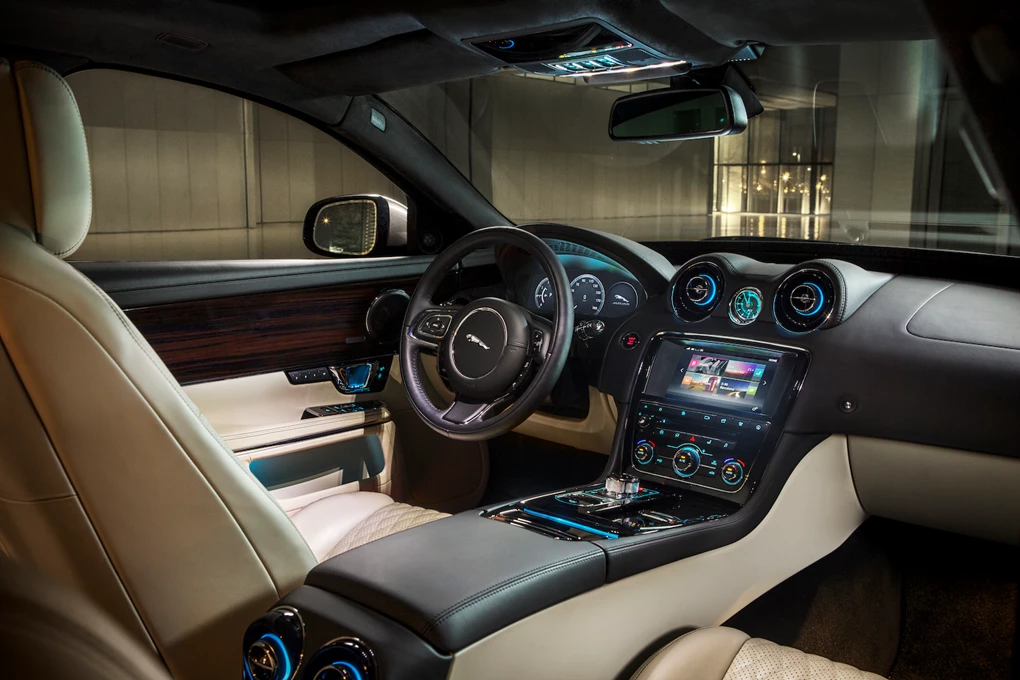
Cost
The standard XJ model starts from £62,360, which puts it below many of its rivals in the cost stakes – with the long wheelbase version adding £3,000 to the starting price. Only available in the LWB guise, the Autobiography starts from £83,105.
As the only engine available to the XJ, the 3.0-litre V6 can return up to 40.4mpg and CO2 emissions of 185g/km.
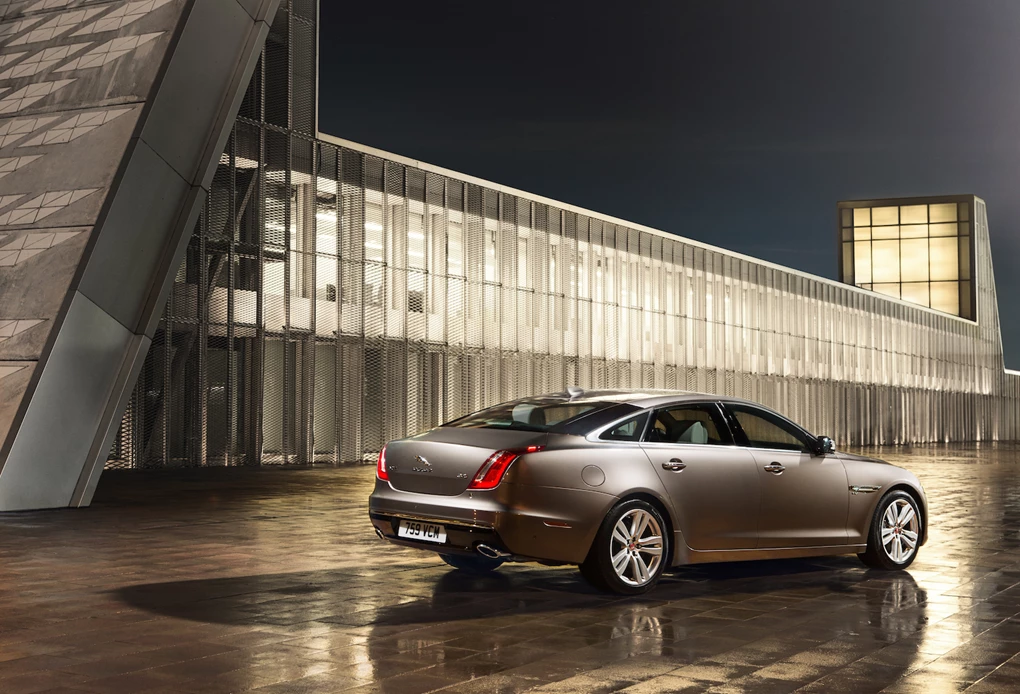
Verdict
Although it is close to the end of its current shelf life, the Jaguar XJ continues to be a more than capable saloon – with passenger comfort brought to the fore in this LWB Autobiography form. It’s nice and sporty to drive, but doesn’t compromise its ride quality in doing so – while there is more than enough features and room in the back to accommodate two passengers in supreme comfort. Although the Mercedes S-Class is widely considered the best premium saloon around, the Jaguar is a good alternative to consider.


